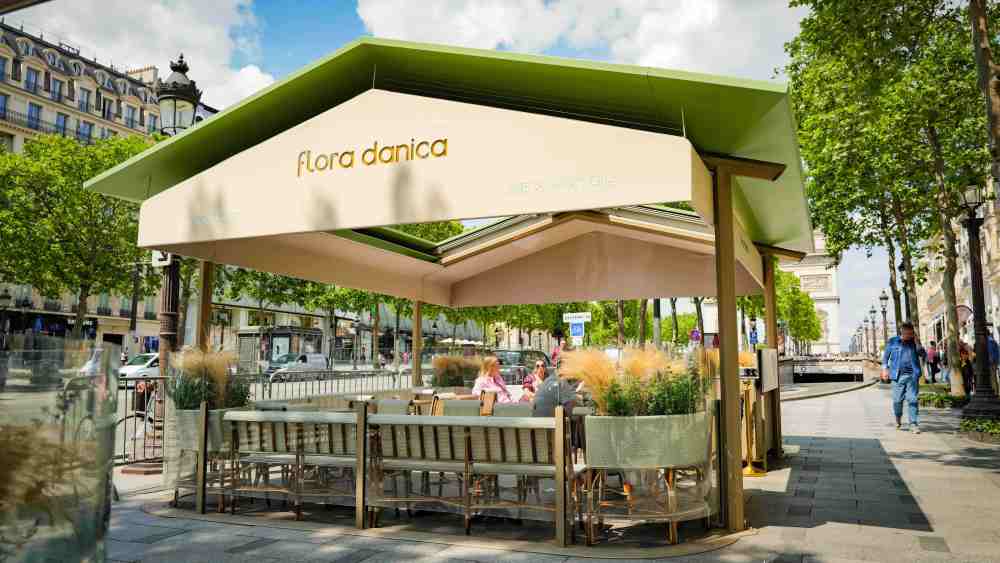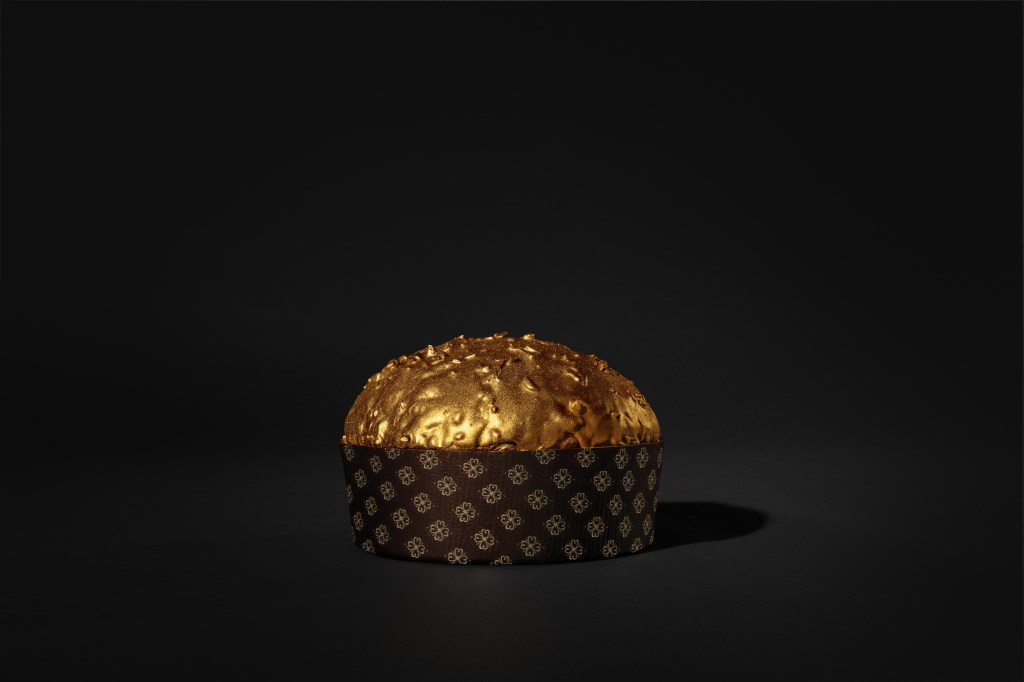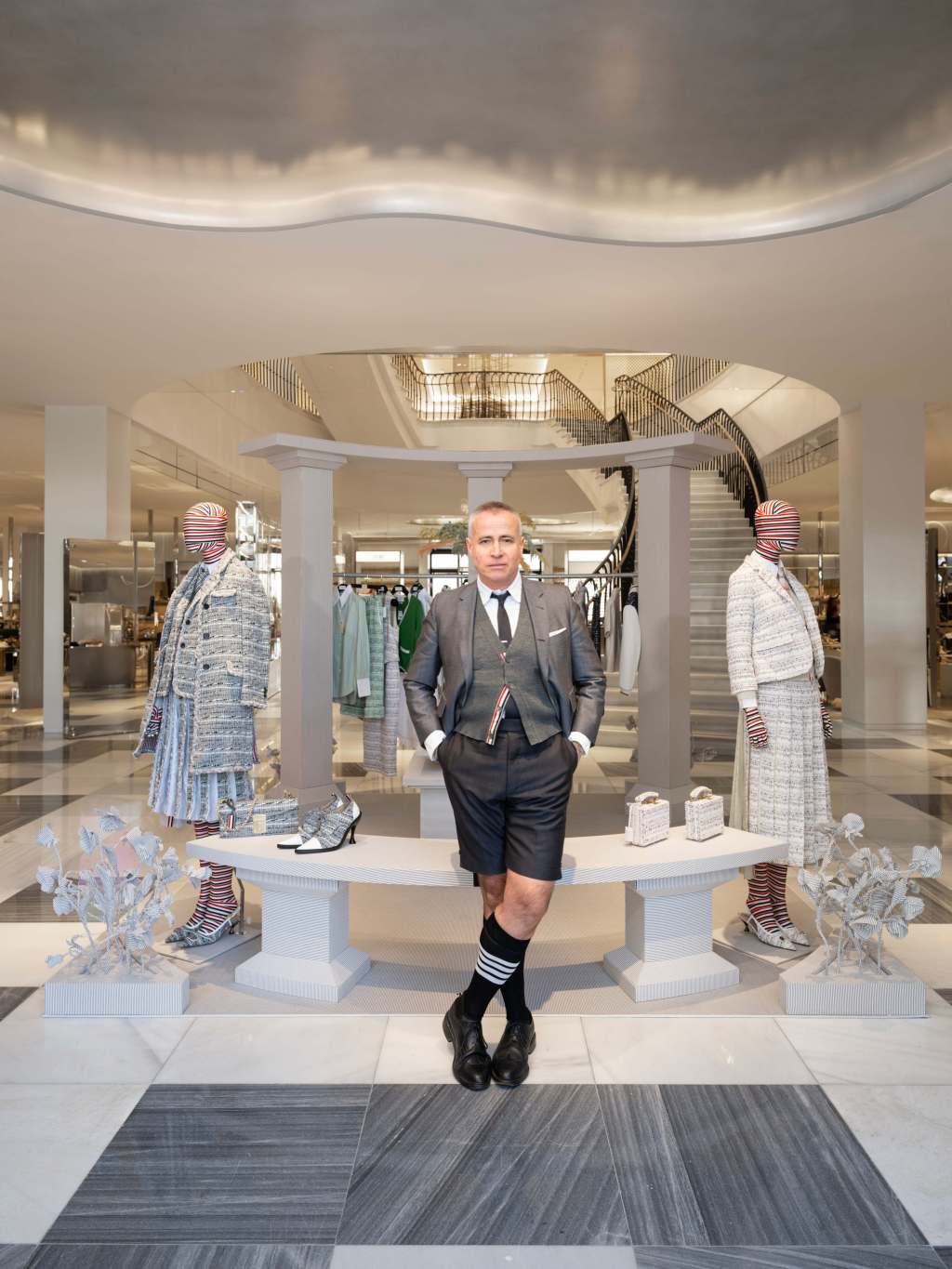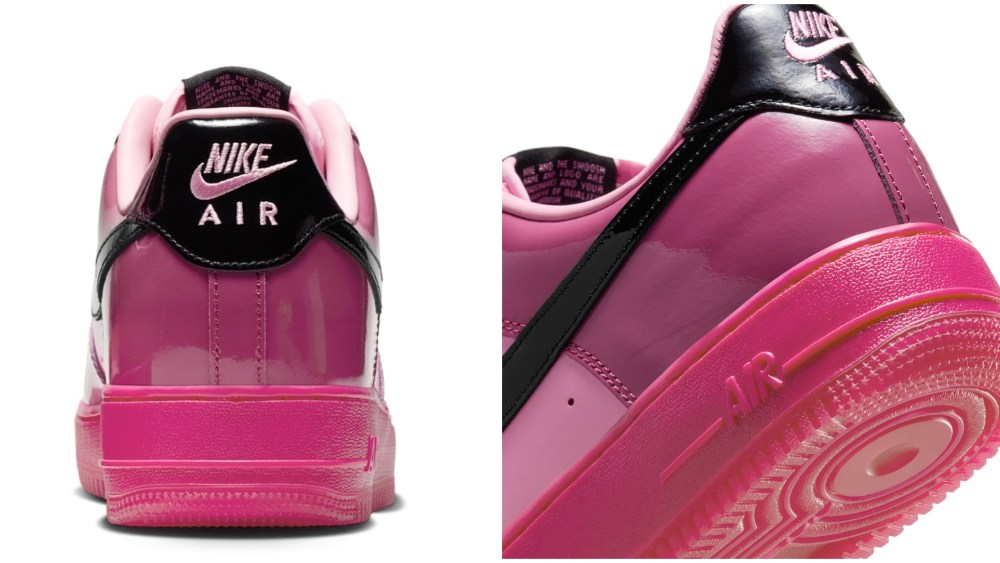PARIS — As Paris prepares to welcome millions of visitors for the Olympic Games and Paralympic Games, the Avenue des Champs-Élysées is ready for its closeup.
The street billed as the most beautiful avenue in the world has fixed potholes, welcomed new tenants and spruced up its terraces in what officials describe as its most wide-ranging makeover in 40 years.
The City of Paris has spent 30 million euros in the last year on initiatives that include repairing pavement, improving pedestrian crossings and expanding green spaces.
In addition, the Champs-Élysées Committee commissioned designer Ramy Fischler to create the new structures intended to realign and unify the street’s outdoor terraces, thereby improving the flow of pedestrian traffic and reducing visual clutter.
“The Olympics were coming. We needed to innovate, to do something new and to show that we’re ready to welcome the world,” said Marc-Antoine Jamet, the LVMH Moët Hennessy Louis Vuitton executive who heads the nonprofit organization that groups some 180 members, including retailers and real estate firms.
You May Also Like

An average of 1.3 million people walk past the Champs-Élysées’ storefronts every month, according to data from Seiki, a startup that works with the Champs-Élysées Committee. It forecasts a 19 percent increase in visitor numbers this summer due to the Olympics.
Jamet noted that leasing activity has picked up sharply since the end of the coronavirus pandemic. “There are no more vacancies on the Champs-Élysées,” he claimed.
The famed thoroughfare is home to luxury brands including Cartier, Saint Laurent, Tiffany & Co. and Louis Vuitton, which is renovating a mammoth site that it has billed as a hybrid space including a store, a cultural venue and a hotel.
Samsung, a worldwide partner of the Olympic Games, has installed a showcase space until Oct. 31, while the temporary Paris 2024 megastore offers a selection of 1,000 official licensed products, with a peak capacity of 10,000 visitors per day.
Dior has customized its facade with an Eiffel Tower and lighting in the colors of the French flag. Meanwhile, sportswear-makers Adidas, JD Sports, Salomon and On have recently opened new flagships to capitalize on the momentum of the world’s biggest sporting event.

Despite all this activity, Parisians had all but deserted the Champs-Élysées. A study found that only two out of every 100 people on the avenue were local strollers, while 50 were tourists and 48 were people who work in the area, noted Jamet.
“The Champs-Élysées had fallen out of favor,” he said. “We needed a gesture of encouragement, revival, enthusiasm and strength.”
The street’s last major renovation took place in 1991, getting rid of service roads perpetually cluttered with parked cars. But the street-side terraces that replaced them were equally chaotic, turning a stroll on the avenue into an assault course, especially for visitors with prams or wheelchairs.
Fischler designed new, unified modules inspired by the covered markets that stood in the gardens at the foot of the Champs-Élysées in the late 19th century. The exterior color is celadon green, while operators can customize their establishments with a choice of five interior colors.
There are 18 terraces in total, ranging in surface from 334 to 1,464 square feet, aligned with the outermost row of trees to offer pedestrians more ample space to walk.

“It’s a pretty big deal, because creating street furniture of this magnitude happens once every 100 or 200 years,” the designer said.
Fischler also designed new furniture for the dining areas, which range from the Ladurée tea room and traditional brasserie Le Deauville to fast-food outlets like McDonald’s and Five Guys, in addition to spaces operated by nonfood brands like Lancôme and soccer club Paris Saint-Germain.
The rattan chairs and benches were made by traditional French manufacturers Maison Gatti and Maison Louis Drucker, while the metal chairs are from Fermob. The furniture will go on sale as part of a permanent Champs-Élysées collection.
“You’ll be able to find it from Rio de Janeiro to Shanghai,” Jamet noted.
In addition to getting rid of the forest of electrical cables that hung over the old terraces by equipping modules with rechargeable batteries, Fischler also designed glass walls, which he said increased visibility by 80 percent.

The Belgian designer completed the project in 18 months, no mean feat considering the number of officials involved, ranging from the Culture Ministry and City Hall to individual tenants. Since pastry chef Pierre Hermé got the ball rolling by installing the first terrace last December, the feedback has been overwhelmingly positive.
“It’s a mega-strong statement, it’s mega-visible, so if it had been a mega-failure, we would have been mega-criticized,” quipped Jamet. “I haven’t heard a peep of complaint: not one angry letter or email — absolutely nothing.”
The official said the level of cooperation bodes well for the committee’s broader project, summed up in a 5 million-euro study called “Re-enchanting the Champs-Élysées” that was presented in May as a blueprint for the continued revitalization of the artery — though it would need the backing of City Hall to move forward.
“We’re very grateful to Ramy Fischler for acting as a scout and giving us a glimpse of what a better Champs-Élysées could look like,” Jamet said. “Now that these terraces are more pleasant, less garish and less touristy in a sense, we hope that in the long term, Parisians will come back too.”



